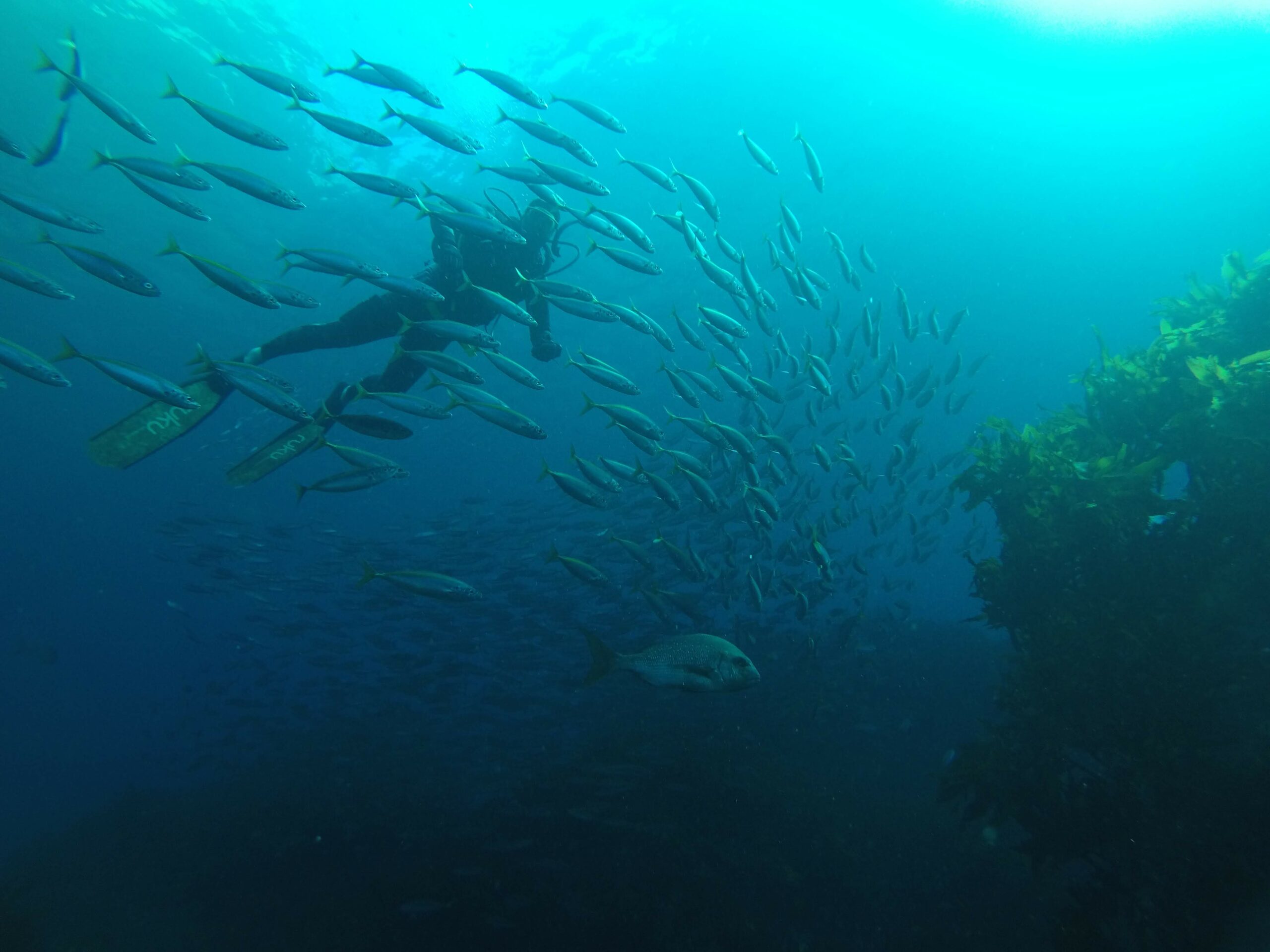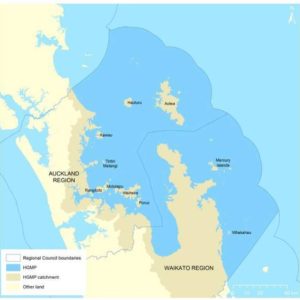The most effective way to improve the long term productivity of our marine environment is to remove destructive fishing techniques such as bottom trawling, scallop dredging, Danish and purse seining from inshore waters.

We don’t have to look far to see the benefits of removing bulk harvesting seining and bottom contact fishing methods from inshore waters. In the Hauraki Gulf the most prolific fisheries are found inside the lines that exclude bottom trawling, dredging and Danish seining.
Over a million people have access to the inner Hauraki Gulf and catches are improving despite the level of fishing effort. Out west, the snapper population has grown and some of that regrowth has occurred since the 4 nautical mile trawl exclusion zone was established to protect the endangered māui dolphin.
The lack of fish on the east coast and differences in daily catches has meant that many fishers are now heading west to fish out of Raglan and Kawhia. The infrastructure in these smaller west coast communities is not geared towards accommodating so many extra vessels, building congestion and resentment locally.
While many factors contribute to marine productivity, there is growing evidence that looking after the seabed and allowing benthic organisms to grow enables a thriving marine community to support good fish numbers.
Effects of purse seining
It’s not just people who are affected by depleted fish stocks. Successive Hauraki Gulf Forum reports detail the loss of seabirds and concerns for whales and dolphins as bait fish disappear. Purse seining on the east coast targets pilchards, mackerels, skipjack tuna and kahawai.
The Forum notes that the greatest proportion of fish landed by commercial fishers between 2016 and 2019 was caught by purse seining, totalling 57% of all catch (greenweight) from the Hauraki Gulf Marine Park.
What’s more, if we compare catches pre-2000 to those between 2016-19, landings of blue mackerel have increased by a whopping 470%.
Finer scale management
Based on the available evidence there is growing support for the Hauraki Gulf Marine Park to be a separate management area, so catches can be reduced to rebuild depleted numbers. Having finer scale management would also mean catch limits could be set to meet ecosystem-based standards and community aspirations for more fish in the water.
LegaSea is anticipating a discussion in 2022 about management of the Hauraki Gulf Marine Park. This will be our chance for all of us to have a say on how we want to protect the Gulf for future generations.
It is also an opportunity to create a template of standards that the Minister can apply nationwide, because if it’s good enough for the Gulf to remove destructive bulk harvesting and address overfishing then it’s good enough for all of New Zealand.





